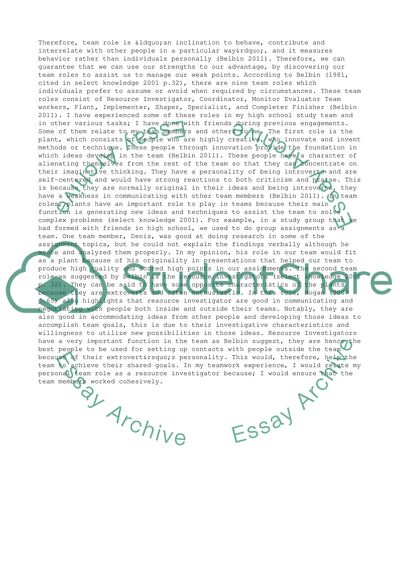Cite this document
(“Employability Skills in Improving Quality of Performance Essay”, n.d.)
Employability Skills in Improving Quality of Performance Essay. Retrieved from https://studentshare.org/management/1452778-employability-skills
Employability Skills in Improving Quality of Performance Essay. Retrieved from https://studentshare.org/management/1452778-employability-skills
(Employability Skills in Improving Quality of Performance Essay)
Employability Skills in Improving Quality of Performance Essay. https://studentshare.org/management/1452778-employability-skills.
Employability Skills in Improving Quality of Performance Essay. https://studentshare.org/management/1452778-employability-skills.
“Employability Skills in Improving Quality of Performance Essay”, n.d. https://studentshare.org/management/1452778-employability-skills.


